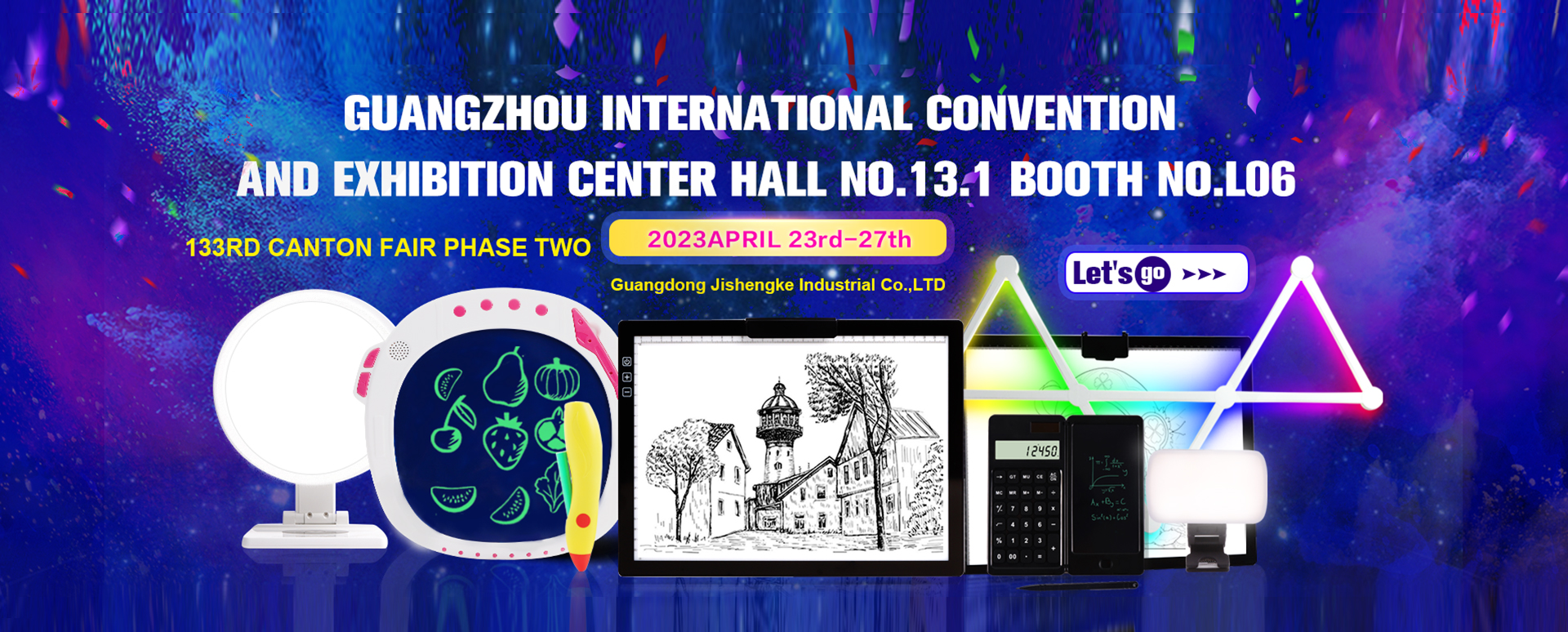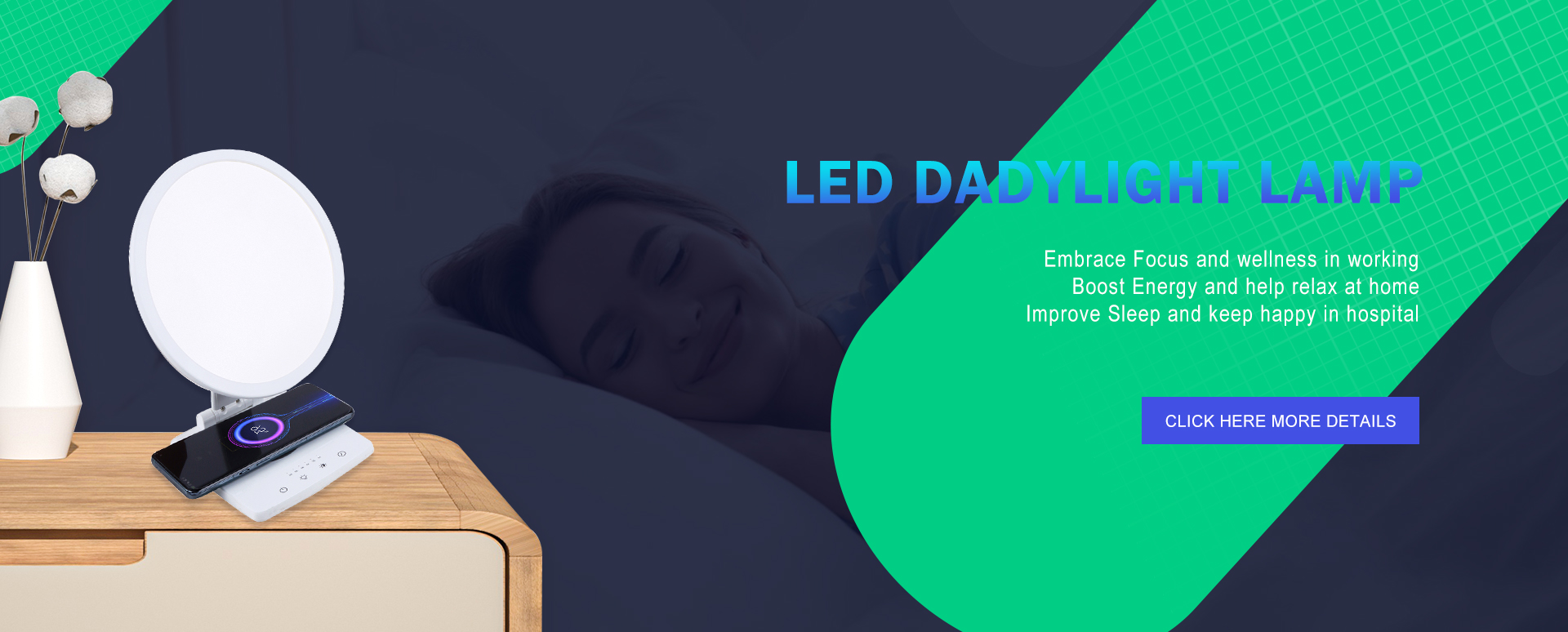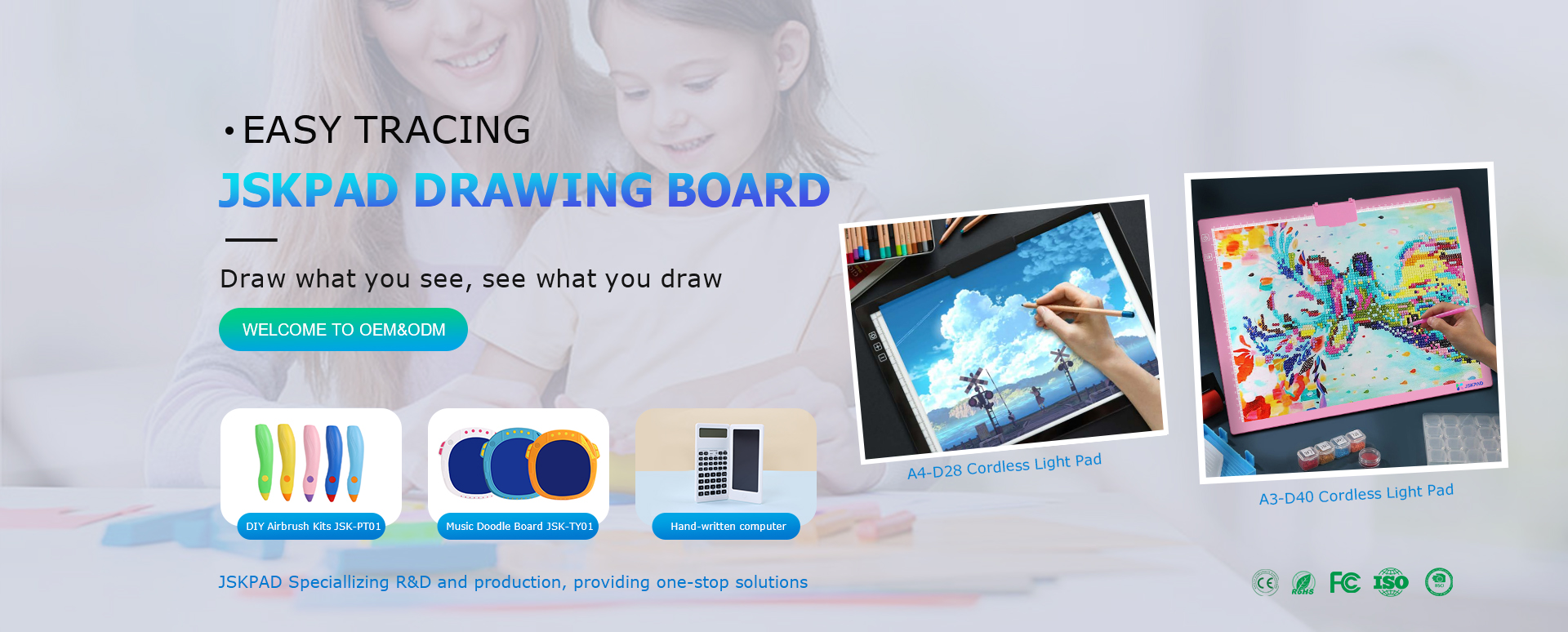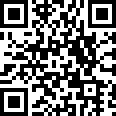Choosing the Best Light Box for Tracing or Drawing
Drawing and tracing without using a light box is a bit like trying to paint on a canvas, without using an easel: you can do it, but it`s unpractical. Sure, all you need to draw is your pencil and a sheet of paper, but the subtle nuances of your artistry might get lost without proper daylight illumination.
Not to be confused with a light table , a drawing light box provides a surface that is evenly backlit by LEDs. It enables artists to draw with enhanced accuracy, regardless of their environment. Whether you are in a design studio, in a coffee shop, on a train, or at school, you can use this tool to get the right brightness for your material.
You can also use a light box to trace a picture onto a non-transparent (still translucent) piece of paper such as drawing paper, sketch paper, watercolor paper, Canson paper, or stained glass paper. This is great news for people such as illustrators, who can use tracing light boxes to ink a comic strip directly from the pencil sketch, without the need for tracing paper or carbon paper.
In addition to being great for drawing and tracing, light boxes – often referred to as light pads or light boards – can be used by photographers to view slides or negatives. They can be quite useful for other purposes, such as scrapbooking and other creative activities, much like calligraphy, serigraphy, embroidery, quilting, and more – the possibilities are truly endless!
In short, drawing light boxes are a true game-changer for artists and designer, but how do you know which one`s right for you?
Things to Keep in Mind When Selecting Your Drawing Light Box
With so many different models on the market, choosing a drawing light box can be a real headache. It`s important to consider your specific needs and make sure that the light pad you end up picking will match your expectation. Keep reading to learn more.
Light Tables Active Area Dimensions
Do you need to take your drawing light box around a lot? If so, you should consider the possibility of picking a model that comes in A4 size. This is a great option for a relatively lightweight, portable item that will seamlessly fit in your backpack. If you prefer to use A3 or A2 paper sheets, you`ll find a larger device preferable instead. A3 is a fairly common size for most applications, while A2 is great for larger portraits such as full-bodied drawings.
Led Lighting Luminosity
As the name itself might imply, a great drawing light box should have good illumination. If you need one for tracing, make sure that it can shine through 2 sheets of thick paper. If you want to get technical, aim for a device that can produce at least 3000 lux. If you only aim to draw or work on other artist projects such as quilting or photography, 1500-3000 lux will suit your needs perfectly well. The vast majority of devices out there feature adjustable brightness, so you can dim or brighten the light to the level that suits your project. Generally, they offer 3-5 levels of brightness, but top-of-the-line products allow you to adjust the brightness continuously.
Color Temperature
Color Temperature indicates the hue (color) of a light source. It is expressed in degrees Kelvin (K) and ranges from 1000 K to 10000 K. Color temperatures under 3000 K are called [warm colors" (yellowish), while higher color temperatures (9000–10000 K) are called [cool colors" (bluish). The color temperature of daylight is about 6500 K. It is used to promote relaxation and true color rendering, while a blue skylight (>9000 k) is used to enhance concentration.
Power Supply
In most cases, powered light boxes with their own power supply are actually brighter than their USB-powered counterparts. The latter must be connected to a computer to operate, although USB chargers are often available as well. On the other hand, with a USB-powered device, you can get a car charger or an external battery and thus have a completely portable light table that you can use everywhere.
Quality
You should know that general stores sell a large number of Chinese generic producs. Bad quality LED technology, fragile and faulty cables, no after-sale service, etc. are some examples of common problems with poorly made Chinese devices. Of course, we should not generalize as some Chinese manufacturers produce good quality products. So, be sure to read customer reviews before choosing a
LED Light Box from an unknown brand. However, to avoid disappointment, you are better off with a product from a reputable brand.









